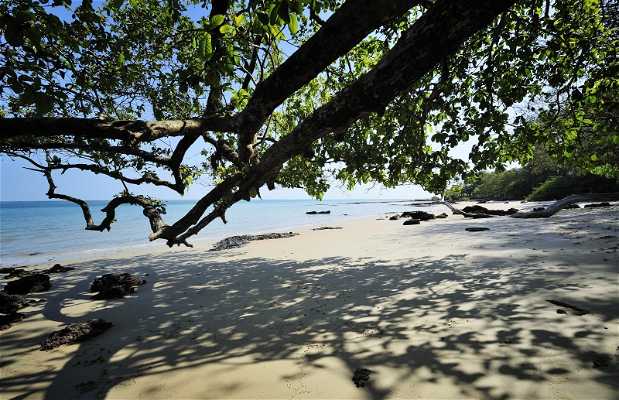Vincenzo Tessarin
Bissagos Islands
The Bissagos Islands are found in the Gulf of Guinea on the western coast of Africa. They belong to the country of Guinea-Bissau and are formally recognized as a UNESCO Biosphere Reserver.
The boat trip to get there from the capital, Bissau, isn't very comfortable especially when the boat is small and the waves are rough. But once you step foot on the white sand beaches and lay eyes upon such an unspoiled paradise, you'll agree that it was well worth the journey!
Most of the 88 islands in the archipelago are uninhabited. You should have no problem finding an open bungalow on the beach and maybe searching out some fresh fish for dinner (or, to cook yourself at camp).
The islands' inhabitants rely mainly on hunting and fishing as well as cultivating vegetables and sweet potatoes. The communities are matriarchal, animistic, and live in earthen huts with palm roofs. Local artisans produce really pretty wooden statues that make for a worthy souvenir from this gorgeous land.
Read more



+10







